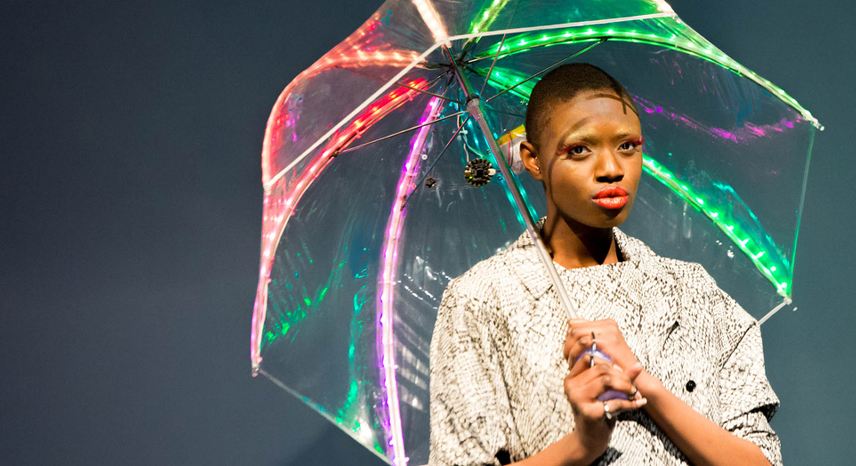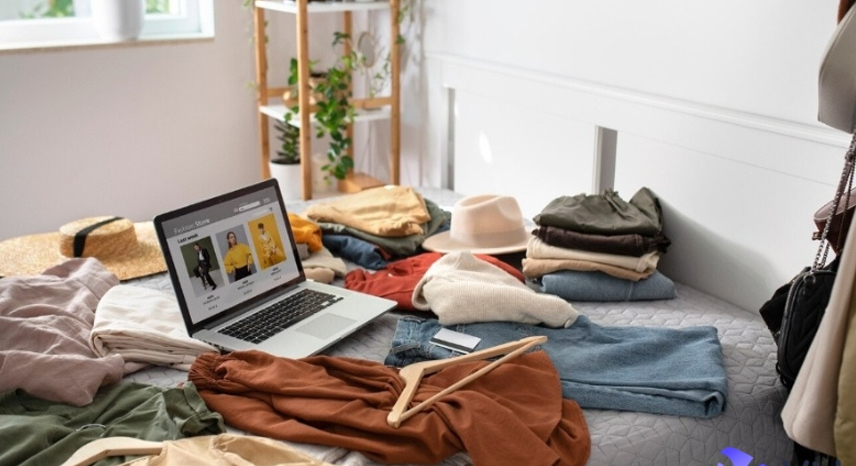DIY Fashion Accessories: Unleashing Your Creative Style
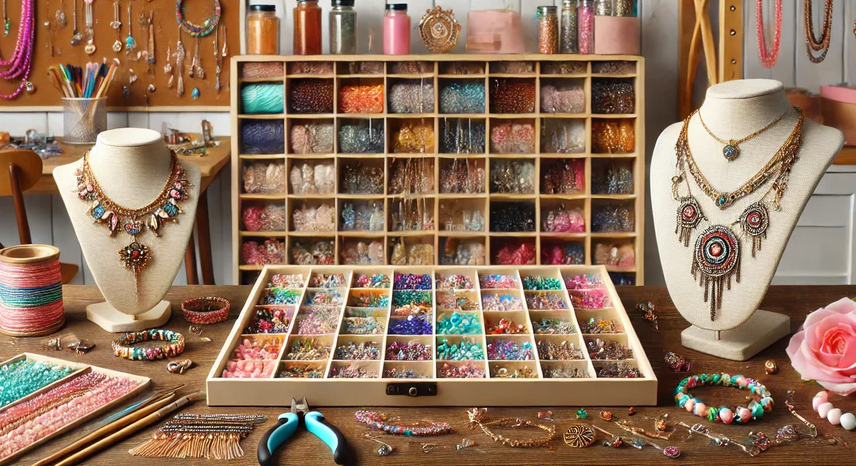
Introduction
Fashion isn’t just about the clothes you wear—it's also about the accessories that complete your look. DIY fashion accessories offer a creative way to personalize your style, letting you go beyond mainstream trends with one-of-a-kind pieces. Whether you're passionate about handmade jewelry, custom bags, or even upcycled footwear, crafting your own accessories allows you to express your unique personality while saving money and promoting sustainability.
In this comprehensive guide, we'll explore various DIY projects and techniques to help you create stylish accessories that are as functional as they are beautiful. With step-by-step tutorials, expert tips, and creative inspiration, you can transform everyday materials into extraordinary works of art that stand out from the crowd.
Why DIY Fashion Accessories?
DIY fashion accessories offer numerous benefits:
- Personalization: Create pieces that reflect your individual style. Every accessory becomes a signature piece that tells your story.
- Sustainability: Upcycling and repurposing materials reduce waste and promote eco-friendly fashion practices.
- Budget-Friendly: DIY projects can be less expensive than buying high-end designer items, letting you enjoy luxury style without breaking the bank.
- Creative Outlet: Express your artistic side and learn new skills. From sewing to beading, each project expands your creative repertoire.
By taking the DIY route, you can stay ahead of trends and customize your wardrobe in ways that store-bought accessories rarely offer.
Handmade Jewelry: Crafting Your Personal Bling
Jewelry is often the highlight of any outfit. Handmade jewelry allows you to play with materials, colors, and shapes to create pieces that are both eye-catching and meaningful.
Materials and Techniques
- Beads and Charms:
Use a variety of beads, charms, and pendants to design necklaces, bracelets, and earrings. Experiment with different textures and sizes for a balanced look.
- Wire Wrapping:
Wire wrapping is a versatile technique for creating custom pieces. With just a few tools, you can craft rings, bangles, and pendants that appear professionally made.
- Resin Jewelry:
Encapsulate small objects or pressed flowers in resin to create one-of-a-kind pendants and earrings. Resin offers a glossy finish that adds a touch of elegance to any piece.
Step-by-Step Jewelry Tutorial
- Design Your Concept:
Start by sketching your design. Choose a theme or color palette that matches your style.
1. Gather Materials:
Collect all necessary supplies such as beads, wires, pliers, and clasps.
2. Create the Base:
For necklaces, cut a length of wire and shape it into the desired form.
3. Add Embellishments:
Thread beads and attach charms using wire-wrapping techniques.
4. Finish with Details:
Secure the ends with jump rings or clasps, ensuring a polished finish.
Handmade jewelry not only complements your outfits but also makes fantastic personalized gifts for friends and family.
Custom Bags: From Fabric to Fashion Statement
Custom bags are an essential accessory that combines utility with style. Whether you're making a tote, clutch, or backpack, DIY bag projects allow you to experiment with fabrics, patterns, and functional details.
Materials and Techniques
- Fabrics:
Choose durable yet stylish fabrics such as canvas, denim, or recycled materials. Experiment with bold prints or mix textures for added flair.
- Sewing Skills:
Basic sewing skills are essential. Use patterns and templates to cut your fabric accurately.
- Hardware:
Add zippers, buttons, and adjustable straps to create a professional-looking finish. Decorative elements like embroidery or patches can further enhance your design.
Step-by-Step Bag Tutorial
1. Plan Your Design:
Draw a blueprint of your bag. Decide on dimensions, compartments, and closures.
2. Select Materials:
Choose your fabric and additional hardware. Pre-wash the fabric to avoid shrinkage later.
3. Cut and Sew:
Use a pattern to cut the fabric pieces. Sew the pieces together, paying close attention to seams.
4. Add Details:
Attach zippers, pockets, and straps. Personalize your bag with decorative stitching or appliqués.
5. Finishing Touches:
Press your bag for a crisp finish and inspect for any loose threads or imperfections.
DIY custom bags not only provide a practical solution for daily carry but also serve as a creative canvas to showcase your artistic vision.
Upcycled Footwear: Transforming Old Kicks into Trendy Styles
Materials and Techniques
- Cleaning and Preparation:
Start with a thorough cleaning. Remove laces and any loose dirt to ensure the surface is ready for transformation.
- Painting and Embellishments:
Use fabric paint, markers, or even stencils to add new designs. Consider embellishments like studs, sequins, or patches to create a unique look.
- Sewing and Repair:
Reinforce worn areas with fabric patches or decorative stitching. This not only repairs the shoe but also adds a custom touch.
Step-by-Step Footwear Upcycling Tutorial
- Select the Footwear:
Choose shoes that are in decent shape. Sneakers and canvas shoes are ideal for upcycling.
- Clean Thoroughly:
Wash the shoes to remove dirt and old residues.
- Design Your Vision:
Sketch a design or plan your embellishments. Consider themes that match your personal style.
- Apply Paint or Patches:
Use fabric paint to add colors and patterns. Alternatively, sew or glue patches in creative arrangements.
- Seal and Protect:
Once your design is complete, use a sealant to protect the artwork and enhance durability.
Upcycled footwear is a sustainable fashion choice that turns everyday shoes into wearable art, ensuring you stand out wherever you go.
Essential Tools and Materials
To get started with your DIY accessory projects, consider investing in these essential tools:
- Sewing Machine and Needles:
For projects involving fabric, a reliable sewing machine is a must.
- Scissors and Cutting Tools:
Sharp scissors are crucial for precise fabric cuts and trimming embellishments.
- Glue Gun and Adhesives:
Ideal for attaching patches, embellishments, or even for quick fixes on footwear.
- Beading Tools:
Pliers, wire cutters, and bead organizers for creating handmade jewelry.
- Paints and Brushes:
Fabric paints and brushes are necessary for adding color and custom designs.
Having the right tools not only makes your projects easier but also helps achieve a professional finish.
Tips for Success in DIY Projects
- Plan and Sketch:
Always begin with a detailed plan or sketch of your design. This will guide you through the project and help avoid mistakes.
- Practice Patience:
DIY projects can be time-consuming. Take your time to ensure each step is completed carefully.
- Experiment and Innovate:
Don’t be afraid to try new techniques or combine different materials. Experimentation can lead to unique and exciting results.
- Learn from Tutorials:
Online tutorials, workshops, and DIY communities are excellent resources to improve your skills and gain inspiration.
- Invest in Quality Materials:
While it might be tempting to use cheaper alternatives, investing in quality materials can significantly improve the final product’s durability and appearance.
By following these tips, you can ensure that your DIY projects are both enjoyable and rewarding.
Conclusion
DIY fashion accessories offer an exciting avenue to express your creativity and elevate your personal style. Whether you're crafting handmade jewelry, sewing a custom bag, or upcycling old footwear, these projects enable you to create truly unique pieces that reflect your individuality. By embracing DIY techniques, you not only enhance your wardrobe with personalized flair but also contribute to sustainable fashion practices by repurposing materials.
With the right tools, a bit of creativity, and plenty of inspiration, you can transform ordinary items into extraordinary accessories. So, gather your supplies, sketch out your ideas, and dive into the world of DIY fashion. Your next signature accessory awaits
FAQs
A: No prior experience is necessary. Many projects can be adapted for beginners, and online tutorials can help you learn the basics at your own pace.
Q: Where can I find quality materials for DIY projects?
A: Craft stores, online retailers, and even thrift shops can be great sources for quality fabrics, beads, paints, and other supplies.
A: Use high-quality materials and follow proper finishing techniques such as sealing paint and reinforcing seams. Regular maintenance will also keep your accessories looking their best.
A: Absolutely! Many creatives have turned their DIY projects into successful small businesses. Selling on platforms like Etsy or local craft fairs is a great way to monetize your creations.
post
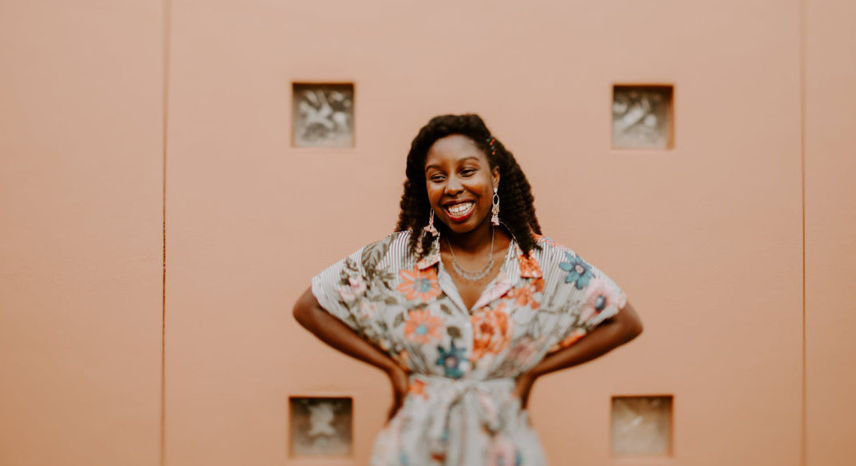
Lifestyle ≠ 28 October
Fashion and Wellness: How What You Wear Can Affect Your Health

Lifestyle ≠ 28 October
Future of Fashion: Exploring the Role of AI and Virtual Reality in Style

Lifestyle ≠ 28 October
The Intersection of Fashion and Music: Style Influences from Iconic Artists
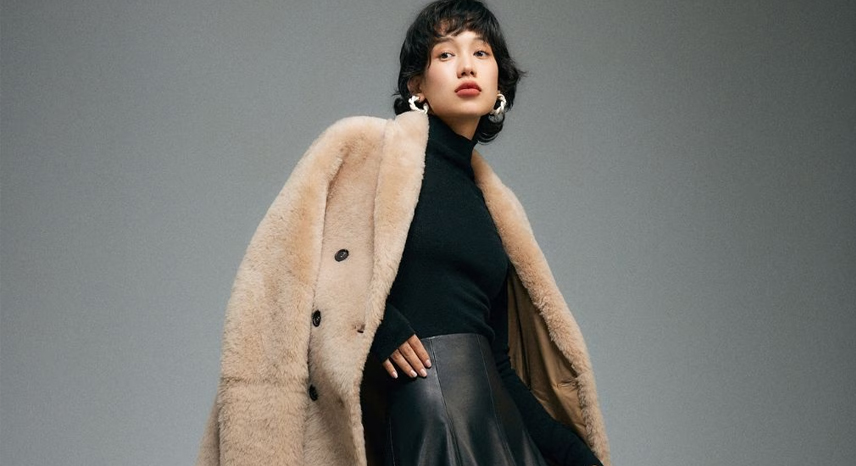
Lifestyle ≠ 28 October
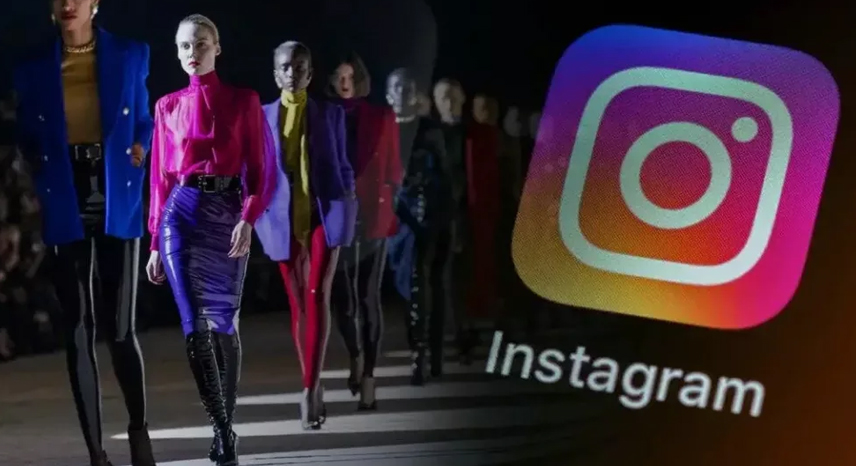
Lifestyle ≠ 28 October
Previous Post
Lifestyle October 28
Fashion and Technology: Wearable Tech Trends
Next Post
Lifestyle October 28
The Best Fashion Apps: Tools to Organize Your Wardrobe and Plan Outfits
